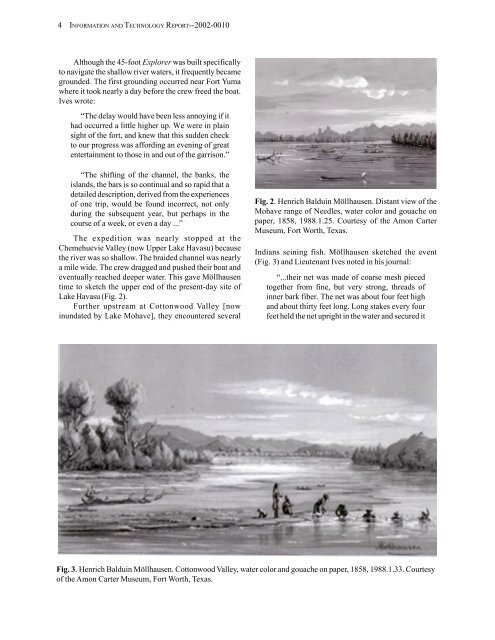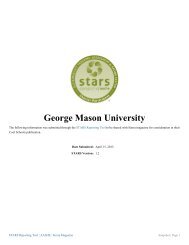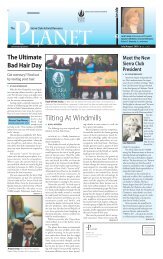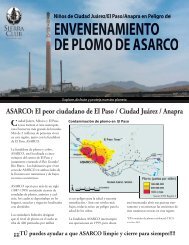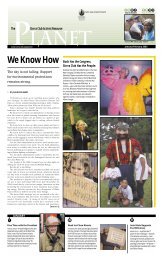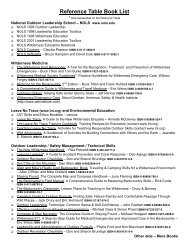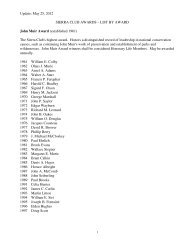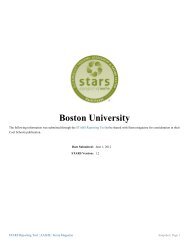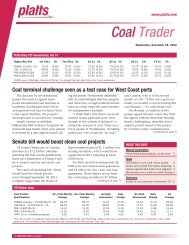Lost, A Desert River and its Native Fishes - Sierra Club
Lost, A Desert River and its Native Fishes - Sierra Club
Lost, A Desert River and its Native Fishes - Sierra Club
You also want an ePaper? Increase the reach of your titles
YUMPU automatically turns print PDFs into web optimized ePapers that Google loves.
4 INFORMATION AND TECHNOLOGY REPORT--2002-0010<br />
Although the 45-foot Explorer was built specifically<br />
to navigate the shallow river waters, it frequently became<br />
grounded. The first grounding occurred near Fort Yuma<br />
where it took nearly a day before the crew freed the boat.<br />
Ives wrote:<br />
—The delay would have been less annoying if it<br />
had occurred a little higher up. We were in plain<br />
sight of the fort, <strong>and</strong> knew that this sudden check<br />
to our progress was affording an evening of great<br />
entertainment to those in <strong>and</strong> out of the garrison.“<br />
—The shifting of the channel, the banks, the<br />
isl<strong>and</strong>s, the bars is so continual <strong>and</strong> so rapid that a<br />
detailed description, derived from the experiences<br />
of one trip, would be found incorrect, not only<br />
during the subsequent year, but perhaps in the<br />
course of a week, or even a day ...“<br />
The expedition was nearly stopped at the<br />
Chemehuevie Valley (now Upper Lake Havasu) because<br />
the river was so shallow. The braided channel was nearly<br />
a mile wide. The crew dragged <strong>and</strong> pushed their boat <strong>and</strong><br />
eventually reached deeper water. This gave Möllhausen<br />
time to sketch the upper end of the present-day site of<br />
Lake Havasu (Fig. 2).<br />
Further upstream at Cottonwood Valley [now<br />
inundated by Lake Mohave], they encountered several<br />
Fig. 2. Henrich Balduin Möllhausen. Distant view of the<br />
Mohave range of Needles, water color <strong>and</strong> gouache on<br />
paper, 1858, 1988.1.25. Courtesy of the Amon Carter<br />
Museum, Fort Worth, Texas.<br />
Indians seining fish. Möllhausen sketched the event<br />
(Fig. 3) <strong>and</strong> Lieutenant Ives noted in his journal:<br />
—...their net was made of coarse mesh pieced<br />
together from fine, but very strong, threads of<br />
inner bark fiber. The net was about four feet high<br />
<strong>and</strong> about thirty feet long. Long stakes every four<br />
feet held the net upright in the water <strong>and</strong> secured it<br />
Fig. 3. Henrich Balduin Möllhausen. Cottonwood Valley, water color <strong>and</strong> gouache on paper, 1858, 1988.1.33. Courtesy<br />
of the Amon Carter Museum, Fort Worth, Texas.


